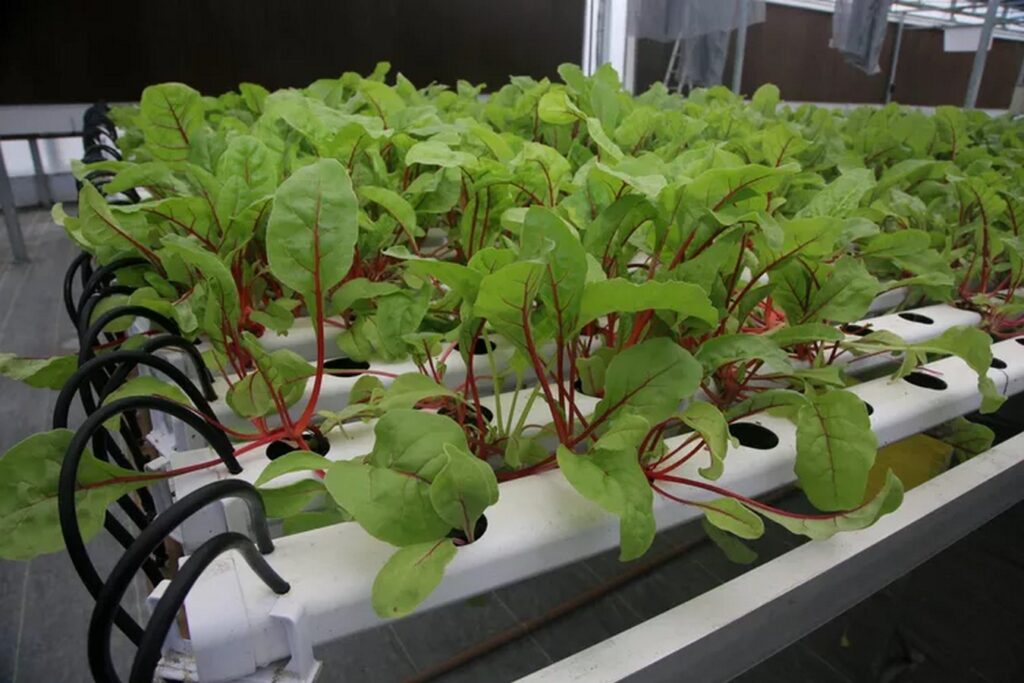Strategies for Gardens Resilient to Heat

Introduction: Navigating Rising Temperatures
As global temperatures soar, gardeners face the pressing need to adapt their practices to withstand extreme heat. Crafting gardens resilient to high temperatures entails strategic planning and thoughtful decision-making to mitigate the adverse effects of heat stress.

Harnessing Plant Adaptations
Xeriscaping: Selecting plants adapted to arid climates is paramount for creating heat-resistant gardens. Species native to semi-arid regions possess inherent adaptations to conserve water and thrive in hot conditions. Understanding plant physiology facilitates the identification of species suited to specific garden environments.
Native Plant Choices: Embracing native flora enhances garden resilience, as indigenous species are inherently adapted to local climatic conditions. However, in warming climates, consideration of historically warmer regions’ flora may offer additional heat-tolerant options.
Implementing Controlled Growing Environments
Closed-Loop Aquaponics: Cultivating crops within closed-loop aquaponics systems provides a buffer against extreme outdoor temperatures. These controlled environments offer optimal conditions for plant growth, enabling food production even in regions susceptible to scorching heat.
Protected Growing Spaces: Utilizing covered growing spaces grants gardeners greater control over environmental variables. Structures such as greenhouses or high tunnels shield plants from excessive heat, fostering favorable growing conditions regardless of outdoor temperatures.

Prioritizing Soil Health
Soil Regeneration: Soil vitality is foundational to garden resilience. Practices such as no-dig gardening and mulching foster soil health, enhancing its capacity to support robust plant growth. Maintaining a living root system and integrating organic matter enriches soil structure and fertility, bolstering plants’ ability to withstand heat stress.
Creating Strategic Shade
Shaded Growing Areas: Establishing shaded zones within the garden offers relief from intense heat during summer months. Erecting shade structures or utilizing climbing plants to create natural shade can mitigate heat stress on sensitive crops, promoting healthier growth in challenging conditions.
Designing Forest Gardens
Forest Gardening: Embracing forest gardening principles facilitates the creation of multifunctional, biodiverse ecosystems resilient to heat. Strategically planting shade-providing species alongside sun-loving plants optimizes microclimates, fostering resilience to fluctuating temperatures.
Conclusion: Cultivating Resilient Gardens
Adapting gardening practices to combat rising temperatures necessitates a multifaceted approach. By integrating diverse strategies—from plant selection to environmental manipulation—gardeners can cultivate resilient landscapes capable of thriving in the face of escalating heat. These adaptive measures empower gardeners to navigate changing climates and safeguard the vitality of their gardens for generations to come.















